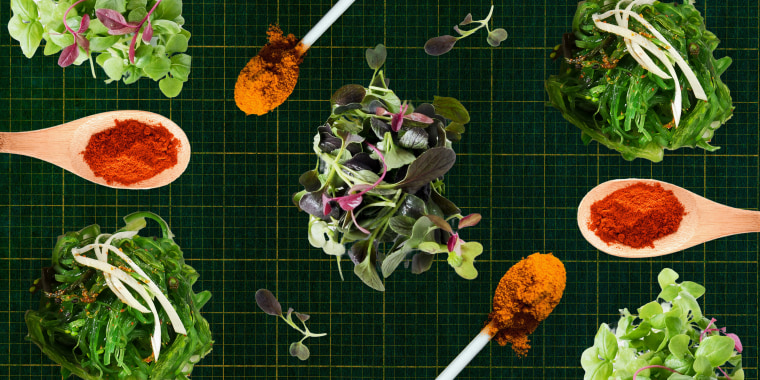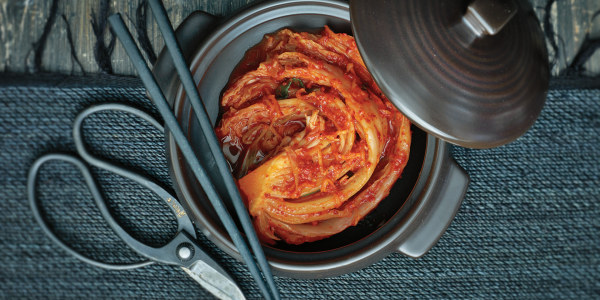In a year where our lives were turned upside down, our eating and drinking habits changed accordingly. And with health at the forefront of the conversation for the foreseeable future, foods that enhance immunity and keep us healthy rule the day. The year ahead will deliver more plant-based options, tech-assisted products and a spotlight on BIPOC-owned food businesses. Let’s dive into the 2021 food landscape.
1. Postbiotics
Yes — you read that right. You’re familiar with pre- and probiotics, but the latest player in the gut health game is postbiotics. We know that prebiotics are the food for probiotic bacteria and that both are essential for optimal gut health. Now we’re learning about postbiotics — the metabolites (or end products) of the fermentation that goes on in the gut by probiotics. Postbiotics are being studied for anti-inflammatory and antioxidant benefits and may also help bolster the immune system and improve the gut barrier.
Postbiotics can be found in some of the same foods that contain probiotics, such as kefir, sauerkraut, sourdough bread and kimchi. Because they’re not alive, they can be used in many more applications than live probiotics. In 2021, we’ll be seeing postbiotics insupplement formand will also likely see them added to food products.
2. Elevated home cafe
Now that one third of the population is working from home, many of us are making our morning cup of joe instead of picking it up at a coffee shop. But any old cup just won’t do anymore — to make it through all those Zoom calls, we want more than just your average cup of coffee. A recent survey by coffee company Melitta found that 45 percent of respondents were using a new coffee brewing method at home compared to 2019. And a similar amount of people (46 percent) indicated an interest in improving their brewing skills at home. We’re buying more beans to brew, too. Sales of Starbucks packaged coffee for home brewing increased 17 percent in the last quarter of this year.
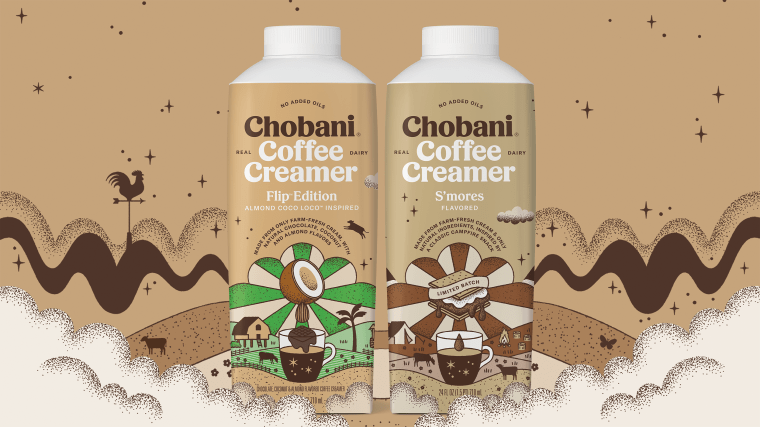
Consumers have already been upping their game with pour overs, frothers and indulgent creamers and will be investing even more in their cup in 2021. Sales of plant-based creamers rose 30 percent in 2019 according to Nielsen data. Younger consumers like to experiment with creamer flavors to replicate custom coffee shop drinks. Chobani is releasing a S’mores flavored dairy creamer, while Planet Oat will be rolling out caramel and coffee cake-flavored oat milk creamers next month.
3. AI-created foods
Artificial intelligence is helping food companies create things we could have only dreamed of a couple years ago. Food technology company Perfect Day has created a protein it says is identical to dairy protein, yet it is completely vegan. The animal-free protein allows ice cream makers to create pints that taste like the real thing. Perfect Day’s whey protein is being used in several frozen “ice creams” including Brave Robot and Graeter’s. And get those bagels ready because the next classic dairy food that Perfect Day will be heading into is cream cheese.
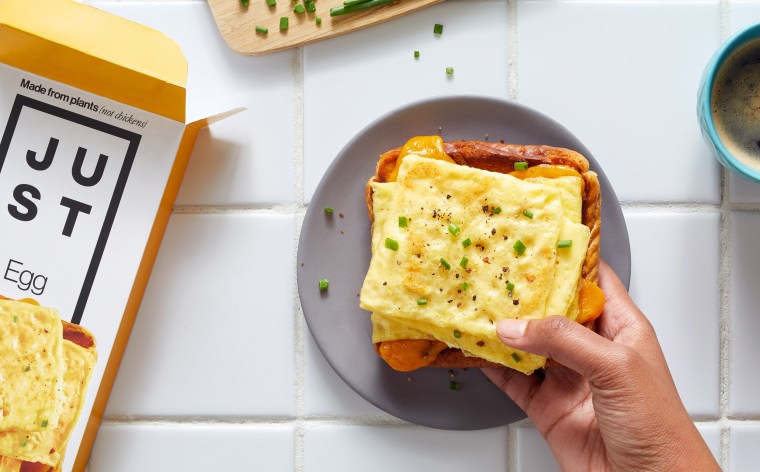
Eat Just (formerly Hampton Creek) has used AI to create an egg-free product that is very similar to the one we’ve been using from chicken forever. The company was able to identify the protein in mung beans as a candidate for the egg replacer. NotCo, a company focused on finding plant-based alternatives to animal foods, has developed a non-dairy milk that behaves like dairy milk (it froths, foams and blends like dairy), but is made from pea protein, cabbage juice, pineapple juice and other plant ingredients.
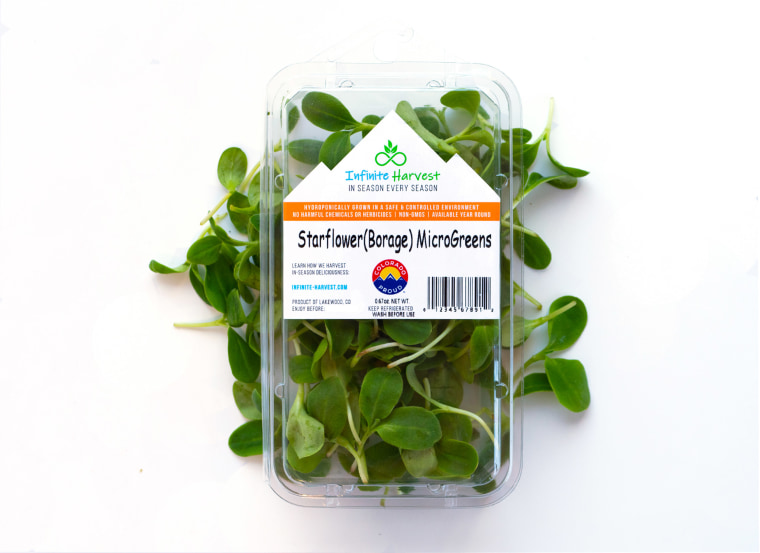
4. Microgreens
Microgreens aren’t exactly new, but consumer appetite for them is at an all-time high. These tiny shoots are the baby counterparts of plants like carrots and broccoli. You may have enjoyed microgreens atop a meal at a high-end restaurant in the past, but now you can find them at the grocery store in myriad varieties, including Red Rambo radish, popcorn and wild cabbage. They’re not only colorful and cute, but also loaded with nutrients. A 2012 study found that microgreens have four to 40 times more nutrients than their mature counterparts. The tiny shoots are delicious atop egg dishes and sandwiches and can be added to salads and smoothies to boost flavor and nutrients.
You can also grow microgreens at home from seeds with kits from Hamama and Back to the Roots. It only takes 7 days to grow certain microgreens, which is a little faster than establishing your own sourdough starter.
5. Kelp is the new kale
Traditionally used in Japanese, Korean and Chinese cuisine for thousands of years, seaweed has been slow to break into mainstream American cuisine. Sure, you’ve eaten it in sushi and miso soup, and your kids might enjoy dried nori as a snack, but it’s unlikely to be a huge part of your diet.
Dried seaweed is one thing, but American consumers haven’t really known what to do with the fresh stuff, until now. Nutritionally kelp is a superstar, offering several minerals, including calcium, and B vitamins in each serving. And it’s an absolute dream in terms of sustainability. Kelp can go from seedling to 15-foot plant in a season, requires no fertilizer to grow and actually helps clean the water by removing the nutrients that cause algae blooms.
Look for Maine-farmed sea kelp (a subgroup of seaweed) in tasty preparations like Sea-Chi (kimchi made with kelp) from woman-run Atlantic Sea Farms. Or throw a kelp cube into your next smoothie for a 5-calorie nutrient boost. You can also find kelp in vegan broth and smokey Campfire Salsa, made with Alaskan-grown kelp.
6. Foods that fight climate change
Food production is a significant contributor to climate change, accounting for a quarter of global greenhouse gas emissions. But our food choices can help counteract the effects of climate change. This year Panera partnered with Cool Food to help customers identify menu items with a lower carbon footprint, like their Baja Bowl with Chicken. “We’re committed to transparency and empowering guests to eat in a way aligned with their own personal values, and this includes continuing to provide meal options with lower carbon footprints,” says Sara Burnett, VP of Food Values, Sustainability and Public Affairs at Panera.
Cool Food is in talks with several restaurants, caterers and food companies and hopes to bring the Cool Food meal badge to more Americans in 2021.
7. A better spice trade
Most of us don’t overthink it when it comes to spices. If we need cinnamon to make a batch of snickerdoodles, we grab a bottle at our local grocery store, without considering how that cinnamon made it there. Spices are a commodity and they traditionally haven’t focused on quality, flavor, sustainability or equity for farmers, but rather price — the cheaper the better. But a handful of new players in the spice world are working to change that.
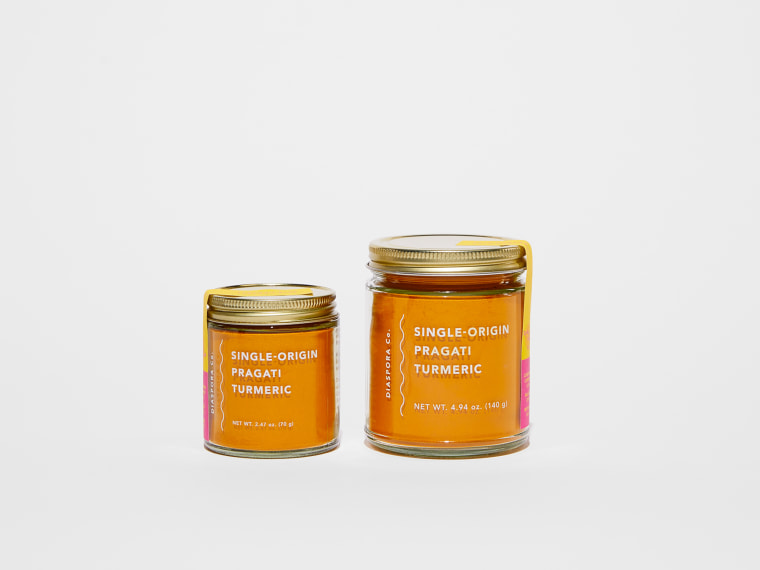
Burlap & Barrel was founded four years ago by two young entrepreneurs who wanted to change the spice industry. They source direct from farmers in 14 different countries, bypassing middlemen and brokers. This allows them to bring new and unique heirloom varietals to customers, which means that they don’t just sell cinnamon and turmeric, they sell Royal Cinnamon from the Quang Nam Mountains in Vietnam and New Harvest Turmeric from Karnataka, India.
Spicewalla and Diaspora Co. are two other companies changing the world of spice. The latter is woman-owned and focuses specifically on spices grown in India, like single origin Nandini coriander, which is incredibly fragrant, sourced from the Sakariya family farm, and named after the family cow. Spicewalla is located in Asheville, North Carolina of all places, about as far from a spice growing region as you can get, but the founder knows a thing or two about spices. Chef Meherwan Irani of Chai Pani sources super fresh spices from around the globe and packages them up in colorful tins that look fantastic on your kitchen counter.
8. Elevated condiments
As the pandemic stretches on, consumers are missing their favorite restaurant foods and are trying to replicate these flavors at home. This has led to an increased demand for authentic sauces, chutneys, and seasoning blends that home cooks can use to create Latin, Asian, African and Caribbean-inspired dishes.
Seeing a need for higher quality Latin seasonings than what they could find on grocery shelves, New York-based, Latinx-owned Loisa launched in 2018. They make certified organic adobo and sazon blends that are vegan, gluten-free and don’t contain artificial flavors, colors or preservatives. Adobo, made from garlic, turmeric, oregano and black pepper, is used in several Filipino and Puerto Rican dishes, including mofongo. Sazon — a blend of coriander, cumin, achiote, garlic, oregano and salt and pepper — is used in hundreds of recipes, including black beans and rice and grilled chicken.
Indian food is no stranger to bold flavors and spices and Brooklyn Delhi is helping folks create those tastes at home. Their top-selling Tomato Achaar, a sweet-tangy-spicy sauce, is made from locally grown tomatoes, tamarind, Indian spices, chili powder and sesame oil. While achaar is traditionally used with dal and curry, you can use it to top almost anything.
While these established brands saw sales soar during the pandemic, a sister-owned startup called Omsom launched in May of this year, at the height of the crisis. Vanessa and Kim Pham had an inkling that with so many people stuck at home rediscovering the joys of cooking, it was the perfect time to launch their line of Southeast and East Asian starters (all vegan and gluten-free), which include the sauce and seasonings you’ll need to make a meal, such as Korean bulgogi. You add the veggies and protein. Think of these starters as the modern-day equivalent of Hamburger Helper, but a whole lot tastier.
We all hope that life normalizes at some point in 2021, but at least we’ll have plenty of new foods to experiment with at home in the meantime.
Frances Largeman-Roth, RDN, is a nutrition expert, writer and best-selling author. Her latest book is Smoothies & Juices: Prevention Healing Kitchen. Follow her @FrancesLRothRD.
